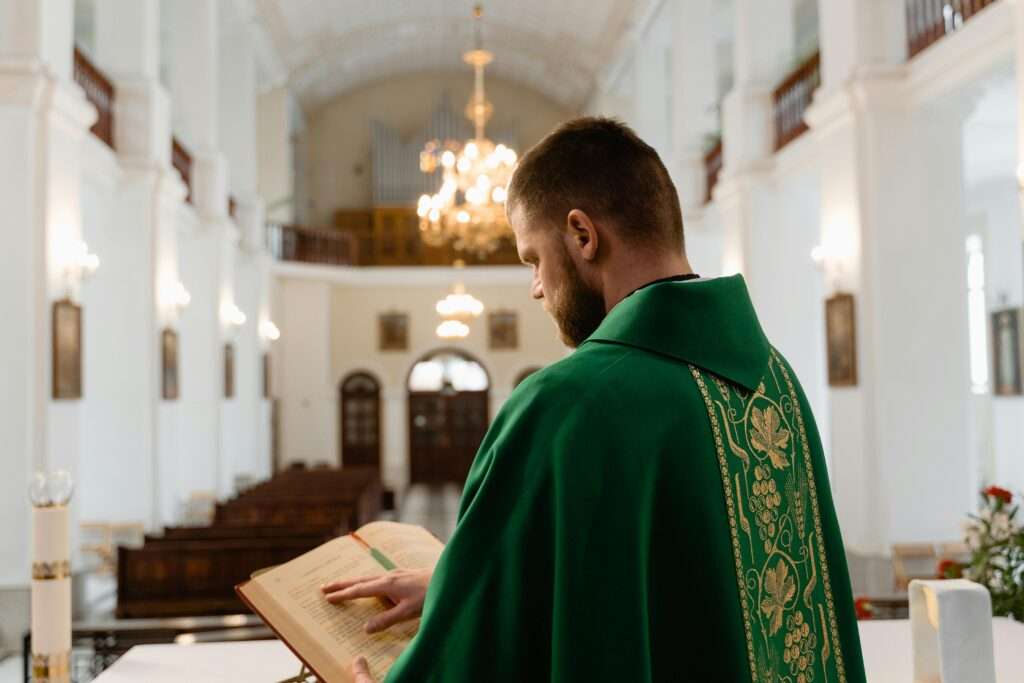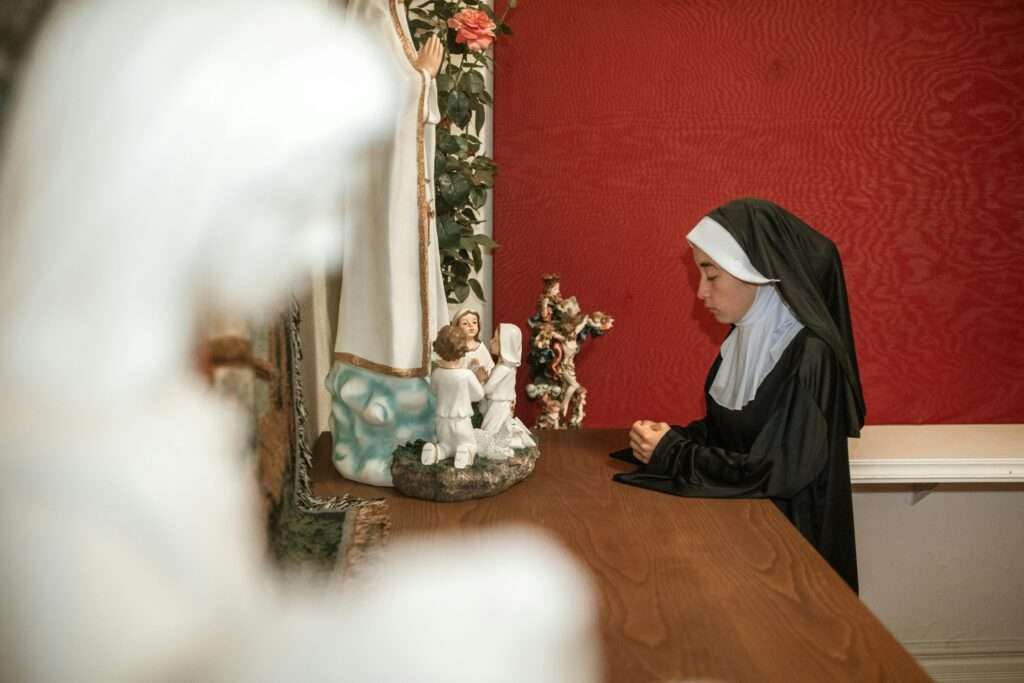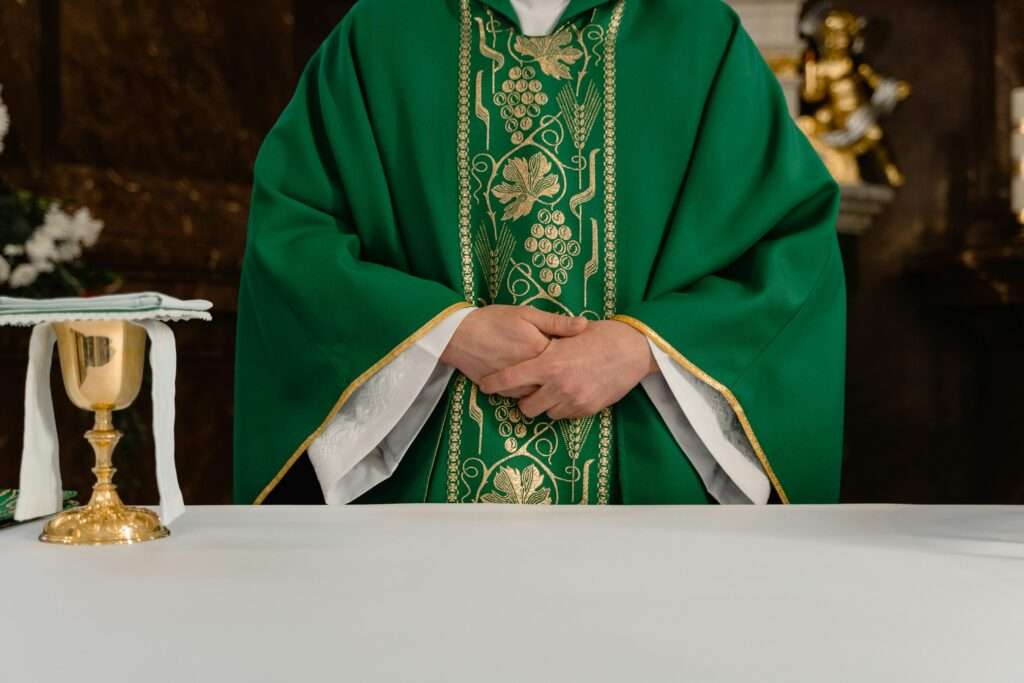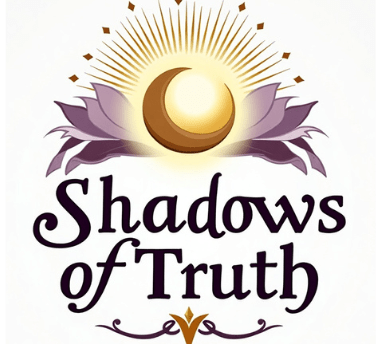After living with the sisters for five months, she felt she should rather go home than continue. She told the Superior General that she did not see what she sought within the convent walls: a peaceful community of loving persons. The superior had asked her a question that changed and determined her life ever after. Young girl, she said; I am sorry for the bad experiences you have had, but everything depends on why you came in the first place. “Have you come to receive love or to give it?” After a long decisive talk with the superior, she walked back to the convent with the same joy she felt when she was coming to the convent for the first time.
This was the day she got her vocation. The first year was preparatory to the enlightenment that gave her an important orientation in the vocation to follow Jesus Christ more closely. Religious life proves to be a very difficult way of life, and it could even become unlivable when one works with a program of how things ought to be and how people ought to behave.
To live a satisfactory life as a religious person, one should swim against the prevailing current by charting a course of life that militates against any form of selfishness. The reality that is painted here is not just a conventional reality. It is the human reality. Most successful families are so because of the sacrifice of the life of one or two who perseveringly do not stop giving so that others might live. Every convent is a family.
Within the Church and in the world, religious life suffers a crisis of identity. This crisis is blamed on two major causes, which are
(I) widespread ignorance of people about who the religious are and
(2) the persisting challenge of secularization.
Ignorance of Religious Identity

Ignorance of the Identity of the Religious within the Church Religious life suffers a crisis of identity because of a widespread ignorance of the identity and place of the religious in the Church. This ignorance hinders the required catechesis on it. It is sad to note that many Catholics know very little about religious life. The much people know about them regarding their outstanding outfits and the kind of apostolates they do.
Some religious who teach in schools or work in parishes do not even use the opportunities offered by their places of work to hold catechetical sections on the topic of religious life, the reasons being either that it does not occur to them or they do not know how to go about it. In the seminary curriculum. There is no formal education on religious life.
Very minimal attention. If not, nothing is given to the study of the theology of religious life or to the section of Canon Law that concerns religious life. Consequently, many young priests know very little about religious life, and these are to ultimately become teachers in formation houses, directors, and retreat moderators of the religious. Surprisingly, the rate of this ignorance is very extensive.

During the holy mass at my first religious profession in 1989, the homilist said that, amongst its usefulness to the Church and society, religious life is one of the most effective means of population control. I do not remember any other thing he said that day. He might of course have said some other beautiful things, but this is the one I have not forgotten because the thought of it disturbed me greatly.
Nothing would have led me to subscribe to a life with that kind of very cheap designation. In my eyes, it belittled everything we did that day and weakened my spirit. I thank God that the emotional torment it gave me was strong enough to set me on this journey toward meaning.
After many years of deep reflection on the matter, it dawned on me that if consecrated people were making a well-defined presentation of their identity, no homilist would expend so many words in the effort to explain who they are because it would have then been obvious to everybody. Unfortunately, many religious people cannot offer an informed presentation of their self-concept.

Religious life is one of those states of life that arouse questions concerning identity, and this is blamed on the confusion about its identity. In every session of religious people, a good part of the number may experience great difficulty explaining the essence of religious life. Got the surprise of my life three years ago when I addressed a session of religious people during a seminar on “The Prospects of Living Religious Life Today”.
Many of the religions at the seminar had the layperson’s knowledge of the religion, as those who do not have many and who live according to the three vows of obedience, poverty, and chastity. They understand themselves as those who live a distinctive life in the Church, but there is a substantial ignorance of what that distinctiveness entails
Many of us have been confronted by people who – to explain how exactly they could identify our specific distinctiveness. The uniqueness of the role of many other professions is clear to everybody. Nobody asks priests. Professional teachers, medical doctors, lawyers, architects, accountants, or bankers are who they are and what they do.
People approach them when they need their specific services. Nobody confuses a doctor with a lawyer. Nobody would approach an accountant for health-related problems. This is so because people of different professions have been able to defend a credible image of who they are and what they do. From the way things are, I cannot say the same for the religious.
It is interesting to note that amidst the religious frenzy of today’s Nigeria, people in different walks of life are becoming pastors, healers, and prayer ministers. Groups of people and families who need particular spiritual and religious assistance do not come to the religious. They seek the assistance of people who publicly declare themselves as capable of rendering such services, and these are people in different walks of life who are also pastors and prayer ministers.
In this regard, I want to make special reference to women who make a public profession in the Church as religious. They are also consulted by many people for services other than what is specifically religious. When people organize weddings and other social activities, religious sisters are often invited to render special services, not as spiritual advisers but as caterers and interior home decorators.
It must be admitted that there is a growing number of religious women in the Nigerian Church who function as teachers in religious studies and theology, clinical psychologists, counselors, and retreat preachers, functions previously and customarily reserved almost exclusively to priests.
While praise should be given to religious congregations who make sustained efforts to train their members in these fields, it must be acknowledged that the number of professionally trained personnel in these fields is very minimal compared to the amount of work that must be done. Although this does not contribute to giving religious life the required identity, it is only showing where the emphasis is being placed: on ministry.
Since Vatican II, and despite the change of perspectives expressed in its documents concerning priesthood and religious life, the priesthood is still being described chiefly and with so much emphasis on ministry. The essence of what makes a priest is still not highlighted in lived life and relationships.

Holiness of life is the basis of priesthood, a virtue with which the priest approaches the sanctuary to offer sacrifice and which makes him a true mediator of the covenant (Heb 8; 10:5). Similarly, the emphasis on ministry has not changed so much in the understanding of religious life.
Sometimes, the religious are invited to work in a place chiefly for cheap labor and not specifically because the Church in a particular place needs to experience the particular charism to which that institute bears witness. Due to undue emphasis on labor and output, some religious groups expend no effort in seeing that, according to their particular charism, they are a prophetic witness or theological response to the needs of the particular Church in which they are.
If the presence of an institute in a particular Church serves only as a means of increasing the labor force, their relevance will be questioned as soon as that Church grows, and soon after that they would be treated either as spare parts or as baby sitters who lose their place in the family because the babies for which they were employed have grown to become self-sufficient.
Vatican II advises all institutes of the active life that before they take up any apostolate, they should, among other things, ask themselves “whether their type of life is a witness to the Gospel accommodated to the character and condition of the people” (AG 40).
This teaching of Vatican II implies that religious life is defined from the perspective of its purpose in being and not principally from the viewpoint of the services that any religious group renders. Religious people are in many different professions.
They are teachers, lawyers, doctors, nurses, laboratory technicians, cooks, accountants, bankers, architects, business people, pastoral – social workers, and secretaries and administrators of different establishments. In society, these works are not reserved for the religious.
About four decades ago, shortly after the Nigerian-Biafran civil war, the Nigerian Church experienced the state takeover of schools, hospitals, and other institutions, which were means of the Church’s evangelization ministry. This event was read as very negative and detrimental to the quality of education and to the moral life of the Nigerian society.
The church’s efforts to preach the Gospel through these means were not frustrated by this unfortunate decision of the State because more schools and hospitals were built and run without the financial and infrastructural support of the State. Today, one could consider these past events as fortunate and providential in some respects.
After the State Government took over schools, the quality of education changed, but it did not crumble. Today, one may find it difficult to discover a difference between schools, offices, hospitals, and institutions run by the religious and the ones run by the State or other non-religious organizations. Some State institutions and/or privately owned ones are run better and more effectively than Church institutions.
The fact that education and healthcare are no longer a predominant preserve of the Church and that in the labor market, many people are faring better than the religious obliges the religious themselves to redefine their self-concept and their relevance to society at large. Unfortunately, many religious people most often use their professions to establish their identity.
Neither the Bible nor the Church documents define the religion from the perspective of what they do. It is always about who they are. The work of the religious is described with the adjective “apostolate”. It is therefore an expression of their devotion to the Church, whereby they are required to implant and strengthen the kingdom of Christ in souls and to extend that kingdom to every clime (LG 44).
What they are should give character to what they do. This is the point from which the crisis sets in.



